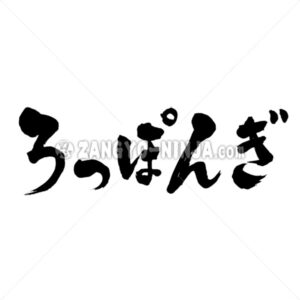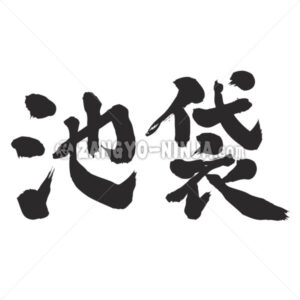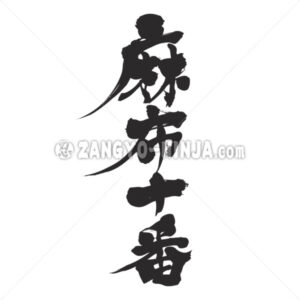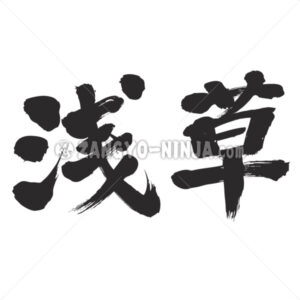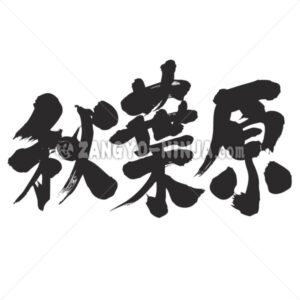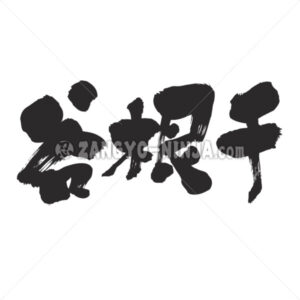
The three neighbourhoods, Yanaka(谷中), Nezu(根津) and Sendagi(千駄木) are collectively called Yanesen. Yanesen refers to the Yanaka / Nezu / Sendagi area. Located in Bunkyo Ward and Taito Ward, near the center of Tokyo’s 23 wards, it is a part of the so-called “Yamanote”, but it still retains the atmosphere of downtown Tokyo, and is … Read More
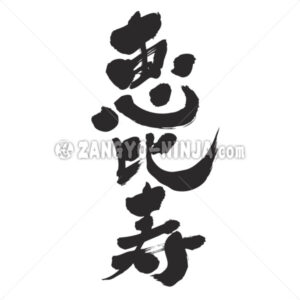
1. It is a famous place name in Tokyo Ebisu is a neighborhood in Shibuya, Tokyo, Japan. Conveniently near Roppongi and central Shibuya, Ebisu is easily accessed by the JR Yamanote and Hibiya lines via Ebisu Station. Together with the trendy neighboring communities of Daikanyama and Hiroo, it has boutiques, vintage stores and patisseries … Read More
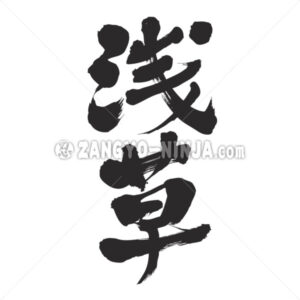
Because there was Sensoji Temple, there is Asakusa It is no exaggeration to say that it is a tourist spot known all over the world, with about 30 million people visiting from home and abroad every year. The large red lantern over the “Kaminarimon” at the entrance is known as a symbol of Asakusa, … Read More
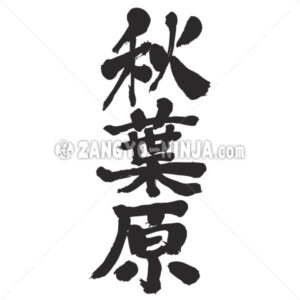
Akihabara is a region name that points around JR Akihabara station in Chiyoda Ward, Tokyo. Mainly applicable to Kanda, Kanda Sakuma Town, Kanda Hanaoka Town, Kanda Aioi Town, Kanda Matsunaga Town, Kanda Neri Fence Town, Kanda Izumi Town, Kanda Hirakawa Town and Akihabara, Taito Ward. In particular, Akihabara, which is talked about in the … Read More
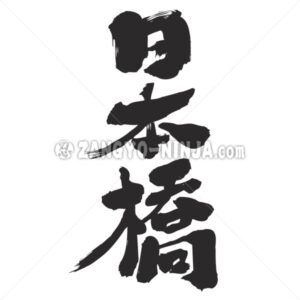
It was the business center of Edo. The area is flooded with people who support economic activities, such as merchants and craftsmen who dream of prosperity from all over Japan, and the infrastructure is in place. “Nihonbashi”, which exists as a symbol of this area, was built in 1603 by the first wooden bridge … Read More


